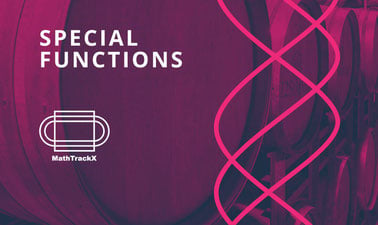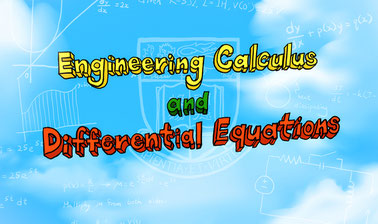The online vector simulations on this page will help us to deepen our understanding of this very important mathematical concept that has application in almost all fields of science and technology.
Vectors are fundamental mathematical entities in the fields of geometry and linear algebra. A vector is any mathematical entity that can be represented by an oriented line segment.
Mathematically, a vector is represented by a letter with an arrow on top. Graphically, it is represented by an arrow in n-dimensional space, where each component of the vector represents a quantity in a specific direction. Thus, a vector is defined as a sequence of ordered numbers. For example, a two-dimensional vector can be represented as (x, y), where “x” is the component on the x-axis and “y” is the component on the y-axis. In a three-dimensional space, the vector is represented as (x, y, z), where “z” is the component on the z-axis. Different operations can be performed with vectors, such as addition, subtraction, multiplication by a scalar, scalar product and vector product.
Vectors are widely used in physics, engineering and many other scientific disciplines. They are used to represent physical quantities with direction and modulus, such as forces, velocities and displacements. They are also useful in image processing, artificial intelligence and machine learning, where they are used to represent characteristics or attributes of data. Their study and understanding make it possible to model physical phenomena and solve problems in various fields, which makes them a fundamental tool in the analysis and representation of data and phenomena in the real world.
The online vector simulations on this page will be extremely useful to improve your understanding of this important part of mathematics.
Explore the exciting STEM world with our free, online simulations and accompanying companion courses! With them you'll be able to experience and learn hands-on. Take this opportunity to immerse yourself in virtual experiences while advancing your education - awaken your scientific curiosity and discover all that the STEM world has to offer!
- Concepts
- Draw
- Components
- Sum
Fundamental concepts of vectors
In this video, about 4 minutes long, the fundamental concepts about vectors and the sum of vectors are reviewed.
Draw a vector
A vector has magnitude and direction. Draw a vector and identify its magnitude and direction.
Sum of vectors
Experiment with vector equations and compare vector sums and subtractions. Customize the base vectors or explore scalar multiplication by adjusting the coefficients in the equation. Specify vectors in cartesian or polar coordinates, and view the magnitude, angle, and components of each vector.
File
Mathematics courses
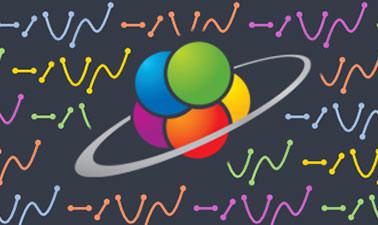

Introduction to Algebra



Polynomials, Functions and Graphs

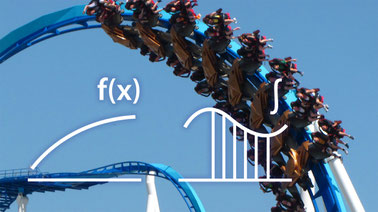

Pre-University Calculus

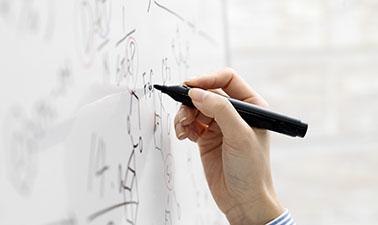

Maths Essentials

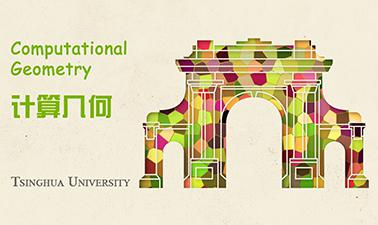

计算几何 | Computational Geometry

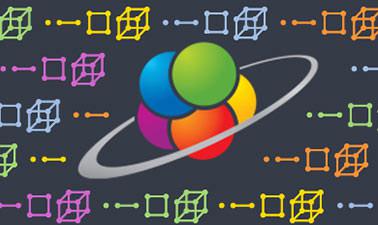

Introduction to Geometry

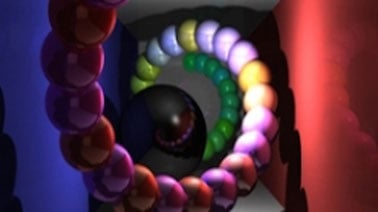

Computer Graphics

Other courses


AP® Physics 2: Challenging Concepts



How to Learn Math: For Students



AP® Physics 1 – Part 1: Linear Motion



Circuits for Beginners

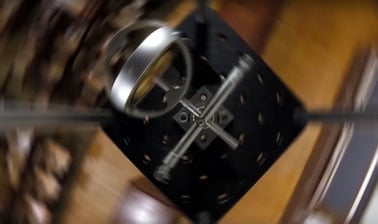

Mechanics, Part 2



Basic Steps in Magnetic Resonance



Principles of Electric Circuits | 电路原理

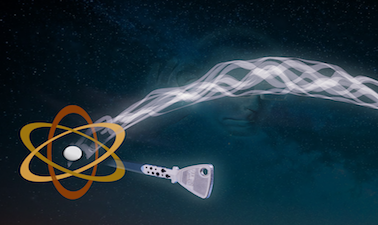

Quantum Cryptography




